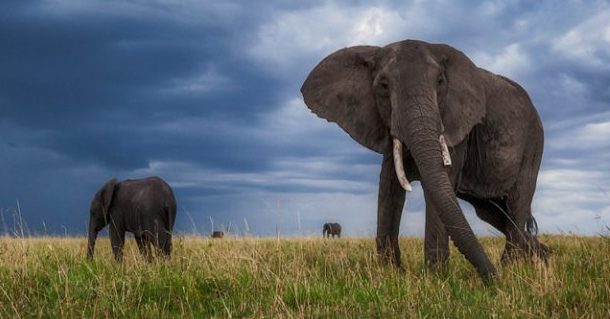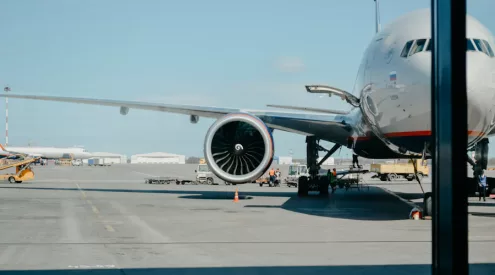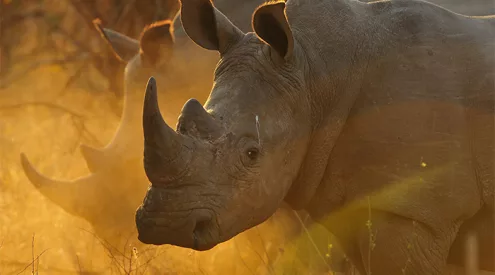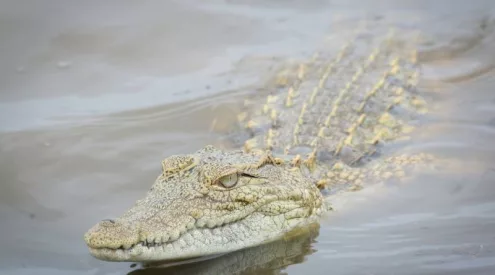Some 22 wild elephants had been exported from Namibia to the Al Ain Zoo in the United Arab Emirates (UAE), the Namibian Ministry of Environment, Forestry and Tourism (MEFT) announced on 6 March.
A total of 37 elephants was captured for auction, of which 22 were sold to help conservation efforts. The remaining 15 elephants were relocated locally.

Picture: Getaway gallery / Mark Dumbleton
After a rise in the elephant population, there has been increased human-wildlife conflict in the country. This had put huge pressure on the ministry to control the damage that elephants inflicted on communities, while still maintaining the protection of the animals, said Romeo Muyunda, MEFT spokesperson.
‘The elephants arrived in [the] UAE early on Saturday morning and are reported to be doing well, except for one cow, which is seemingly weak,’ said Muyunda.
Namibia recorded 923 instances of crop damage caused by elephants between 2019 and 2021, according to a statement from the MEFT. The majority of people in communal areas are severely affected by these disruptions as they depend on small-scale crop farming for survival. Four people were reportedly killed by elephants in these instances.
The elephants were sold to Namibian bidders, who then decided what to do with the animals. A Namibian wildlife rancher sold the elephants to the UAE.
This is not permitted under Cites (Convention on International Trade in Endangered Species of Wild Fauna and Flora), states an article in The Journal of African Elephants. In reference to these terms, Namibia can only export live elephants within Africa, which is the natural range of the species. This very controversial move is based on a ‘contested legal interpretation’ being used by Namibia to justify sending these wild elephants to a zoo far outside of this zone.
The Cites Standing Committee (SC74) is meeting in Lyon, France and on 9 March it will examine the legality of the country’s interpretation of the export of elephants.
ALSO READ

















